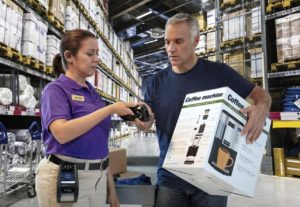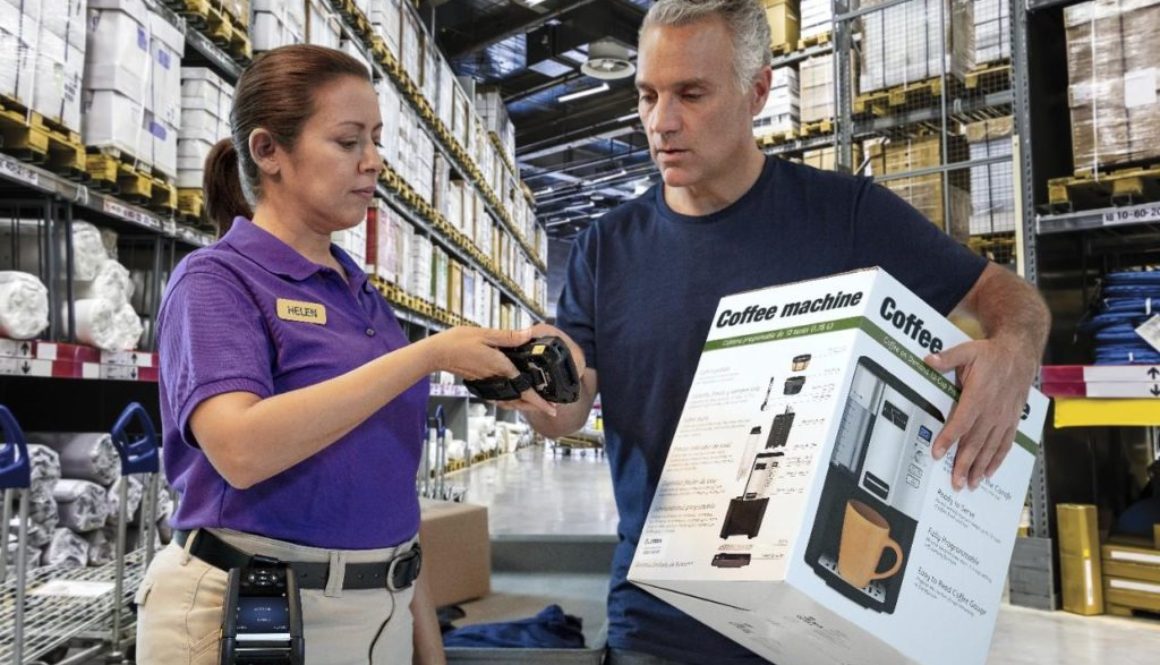How To Optimize Your Return Process

Online Returns
Customer returns items has become an essential customer service function in recent years. The rise of online shopping has led to an increase of customers buying items over the internet. Customers may even do this without being totally sure about the purchase because of the expectation they can return them once they’ve arrived.
Online returns now amount to as much as one-third of sales, according to retail consultant Kurt Salmon Associates. The average return rate for fashion items bought online is 23%, according to e-tail trade association IMRG.
Historically, businesses have always been responsive to returns. Expectations among customers has increased to the point of being able to return as easily as buying the item in the first place. This new consumer mindset has put a far bigger emphasis on handling returns as a central customer service function, rather than an add-on.
Moreover, increasing choice over delivery options has led to more customers expecting the same service when they return items. Delivery options may include free and same day delivery, rather than the historically drawn out process returns has often been viewed as.
Dealing with a higher number of returns has put more financial and time pressures on the supply chain. Businesses are now battling to get returned items picked up, logged, checked for damage and back in circulation as soon as possible.
Returns As A Customer Service
As with all customer service functions, increasing the choice for consumers and making return processes as easy as possible is always front of mind. By continuously optimizing delivery and returns functions, there’s a great opportunity to stand out amongst your competitors. These improvements could include reducing pick up times and expanding the number of locations where customers can drop items off.
For many retailers, returned items now represent the single largest ‘supplier’ to their business. Therefore, the need to streamline the returns process so it operates as efficiently as the rest of the business has become a real challenge.
The technology to improve this service already exists within the supply chain. Stock monitoring and recording and delivery tracking are already central components of e-commerce in particular.
Optimizing return processes as a business function
Checking returned items in and placing them back in circulation quickly is mounting a serious commercial challenge to the bottom line of many businesses due to the sheer volume of daily returned items. Nearly a quarter of sales end up not being sales at all.
One thing that businesses must be able to do is log returned items and redistribute them quickly, often at a reduced cost. Understanding how to evaluate the condition of returned items is essential to ensuring minimum disruption.
Most returned items cannot be resold at the initial sales price, which means businesses are taking a double hit. Not only in the cost of the return and reduced sale price, but also from the costs of getting items back in circulation.
It is key to ensure returns policies and processes are as streamlined and effective as possible to deliver the best business result from the increasing customer practice. Returns processes is something all businesses will have to become more proficient at given that e-commerce is only likely to grow in popularity in the coming years.
Improving communication and treating a business’ supply chain as a single entity, rather than a collection of separate points will help to reduce costs and identify which areas can be improved on.
The Supply Chain As A Network
Complete visibility across the entire supply network is vital for businesses. Creating a more transparent and ‘joined up’ return process is the only way a company can survive in the face of increasing returns. As a reminder, the technology to do this already exists in the form of stock monitoring, mobile communication and tracking. Businesses must be willing to change their mind set when it comes to returns, and understand how to take advantage of these different elements as a single function.
The average returned purchase in the UK goes through seven pairs of hands before it is listed for resale, according to a report in the Financial Times. That amounts to an incredible amount of waste in the supply chain and disruption to getting products back on sale.
Connected technology allows for items to be scanned anywhere in the country. From there, the item is instantly uploaded to a central point, like a distribution warehouse. Before it is returned to the warehouse, managers should reassign where the item needs to be sent.
This process is much more streamlined, and boosts business efficiency. In addition, it improves the customer service element of returns by making it easier for one customer to return an item and get their money back. At the same time, a business place the item where it needs to be faster, and back into circulation.
Dealing with returns has become an essential business function and customer service requirement in the modern business world. Those that fail to grasp this fact are only going to fall further behind the competition as the expectations on simple returns increases.

